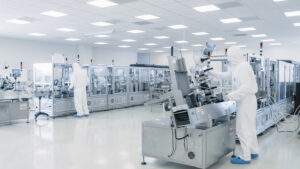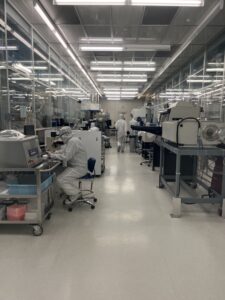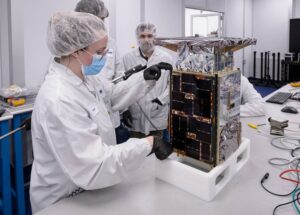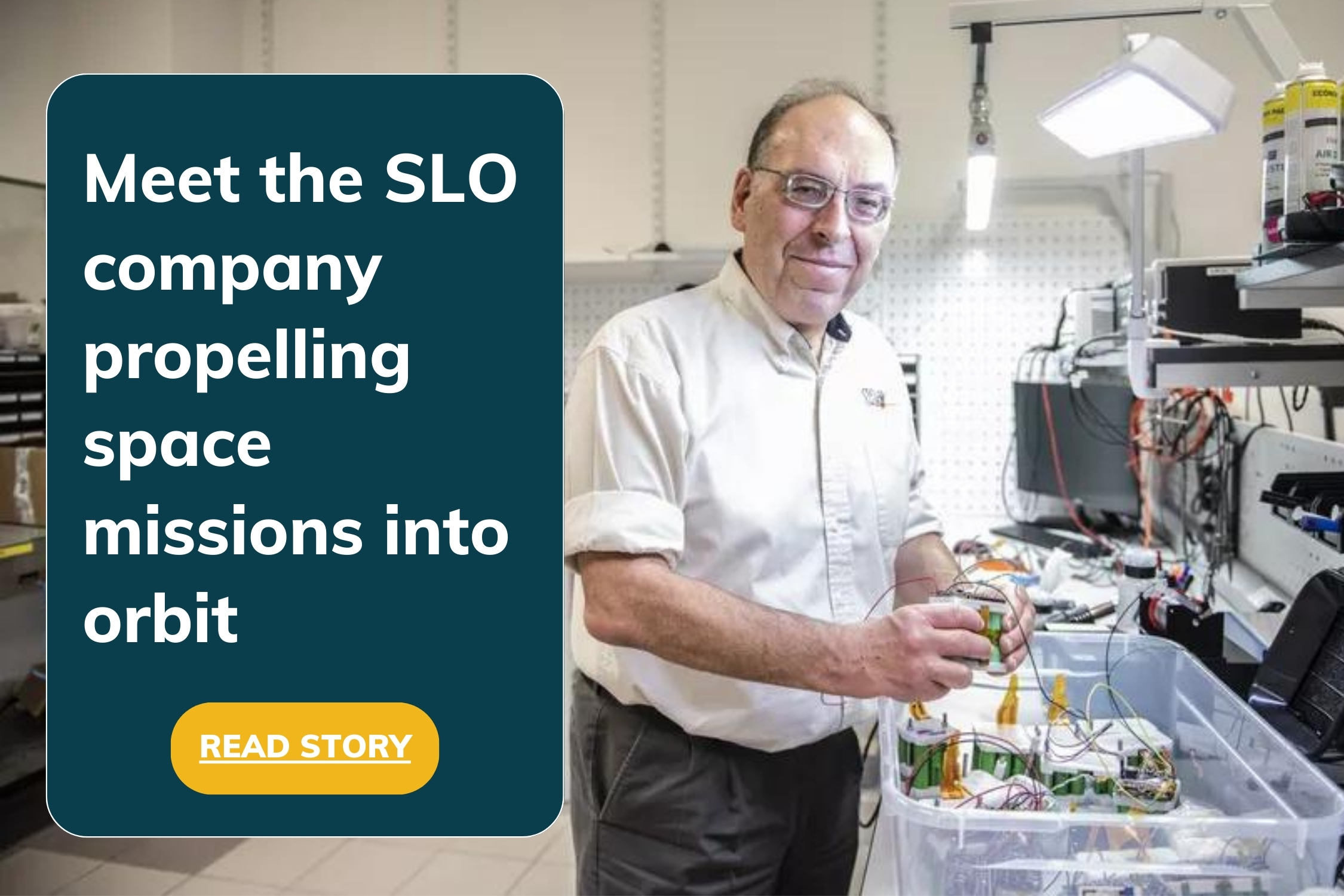Precision Manufacturing is a cross-cutting sector that accounts for about 10,000 jobs across the region. Today we’re taking a closer look, highlighting the extensive data and analysis from a set of reports on the region’s key growth industries released earlier this year.

What is precision manufacturing? Precision manufacturing encompasses products made through sophisticated processes to extremely high accuracy, consistency, and reliability. These products have diverse applications ranging from quantum computing to human health to outer space. The sector spans a range of manufacturing industries, including metal fabrication, machinery, microelectronics, electrical equipment, and appliances. On the Central Coast, regional strengths include optics, lasers, nanotechnology, semiconductors, and advanced materials; and combine with other advantages in advanced services like software development for a distinctive competitive niche.
As one employer said, “What we’re making is less important than how we’re making it.”
Why is it a priority industry? Its potential for high-wage job growth, concentration of quality jobs accessible to workers without advanced degrees, and strong regional foundation. The industry provides some of the highest-paying jobs in the region, with average earnings per job of $146,490. Demand for advanced electronics, optics and quantum innovations are surging globally, and the Central Coast is well positioned to capitalize on that growth.
How big is the industry? As defined in the economic impact report, the industry provides 2,800 jobs, with the majority located in Santa Barbara County. Viewed more broadly in our latest report, however — including design and production of unmanned aerial systems, electric motors and power electrics for semiconductor production, industrial automation, radar platform components, defense applications, and power generation systems — the cluster accounts for about 10,000 jobs in the region and generates about $2.5 billion in gross regional product.
What’s the growth trajectory? The economic impact report projects continued regional growth, building on the nation-outpacing 7% increase over the last 10 years with 650 additional jobs over the next five years. The more broadly defined cluster could add hundreds or even thousands more, considering the steep increase in global demand.
Why here? The Central Coast hosts ample intellectual assets for precision manufacturing that have given rise to the “Infrared Valley,” ahub of semiconductor and sensor technology expertise centered on Goleta. UC Santa Barbara alone is home to:

- AIM Photonics, the West Coast headquarters for the American Institute for Manufacturing Integrated Photonics
- California NanoSystems Institute, which emphasizes applications for energy management, water purification, sustainability, quantum science, healthcare, and robotics
- Quantum Foundry, the nation’s first-ever National Science Foundation facility focused on the development of materials for quantum information-based technologies
- UCSB NanoFabrication facility, which offers extensive nanofabrication cleanroom facilities that are staffed by trained experts and available for use by the private sector.
The region also has concentrated strengths in advanced materials thanks to resources including Cal Poly’s Kenneth N. Edwards Western Coatings Technology Center, UC Santa Barbara’s Center for Polymers and Organic Solids and International Center for Materials Research.
“The region’s research in these areas has informed quite a bit of invention globally,” says Chad Shearer, an economist who works with organizations including the Brookings Institution and the Global Institute on Innovation Districts.
Who are some of the players? Example companies in the industry include:
- Goleta-based Nexus Photonics develops photonic and laser products for sensors, quantum computing, and 5G networks.

- San Luis Obispo-based Mantis Composites delivers 3D printing, carbon fiber ,and engineering services for the automotive, aviation, and space industries.
- Santa Barbara- and Austin-based Shape Sensing Company develops 3D shape-sensing products used for medical, aerospace, and energy applications.
- Goleta-based Launch Point Electric Propulsion Solutions manufactures advanced electric and hybrid-electric propulsion systems for the aerospace, thermal management, and power generation industries.
- Goleta-based Transphorm, a semiconductor firm, specializes in Gallium nitride (GaN)technologies for high- voltage power conversion.
- Santa Barbara-based Resonant (now a business unit of Kyoto-based Murata Manufacturing) develops filtering technologies for radio frequencies.
- San Luis Obispo-based Trust Automation designs, builds and supports control and power management systems for defense, semiconductor, industrial automation and medical applications.
- And Santa Barbara-based Quintessent, which enables accelerated computer through phonics and quantum dot laser technology, just raised $11.5 million in an over-subscribed seed round.
Precision Manufacturing in action
A prime example of the cross-over between precision manufacturing and aerospace, San Luis Obispo-based Stellar Exploration designs and builds flight systems to propel space missions into orbit. We get up close and personal with the company in our newest company feature here.
